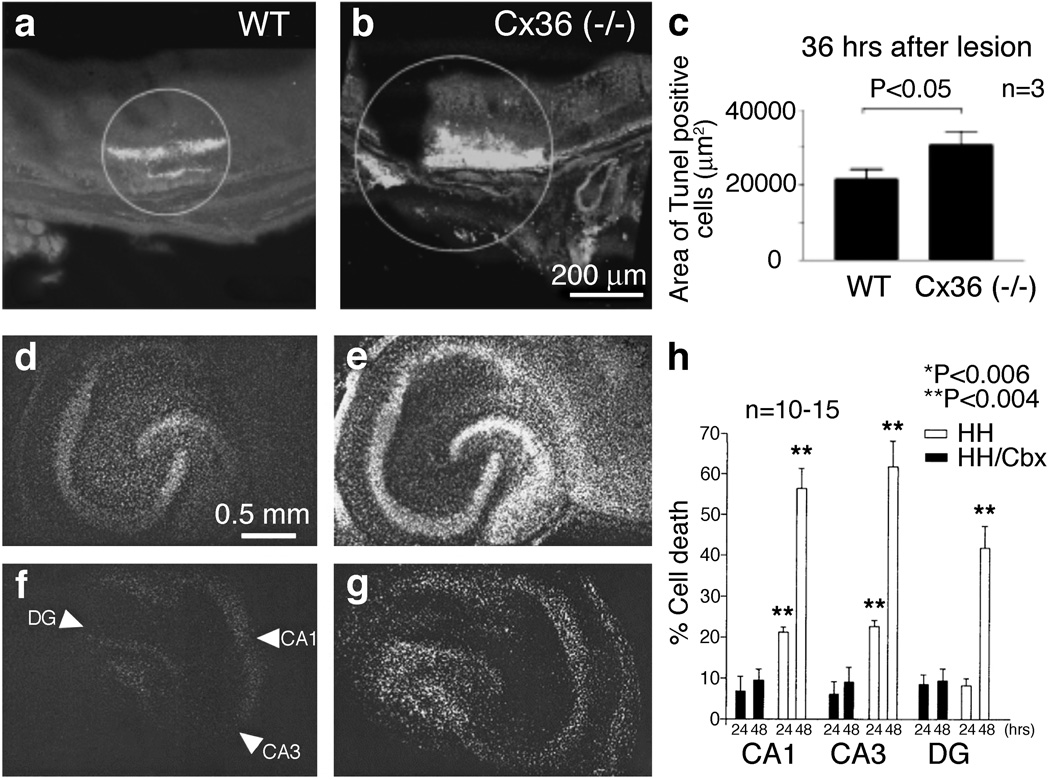Figure 3. Is neuronal GJC pro-death or pro-survival?
(a–c) Infrared laser photocoagulation in mouse retina caused retinal trauma, resulting in substantial neuronal death in the retina of wild-type (WT) mice (a) [60]. Such neuronal death was significantly higher in Cx36 knockout (−/−) mice (b). Micrographs of retinas showing TUNEL staining (that detects apoptotic death; a,b) and quantitation (c) are shown. The analysis was done 36 hours after the laser lesioning. Because elimination of Cx36 enhances the level of neuronal death, these data suggest that neuronal GJC is pro-survival [60]. (d–h) Hypoxic-hypoglycemic insult (that models ischemia) induces substantial neuronal death that is seen in organotypic rat hippocampal slices 24 (d) and 48 (e) hours after the insult [110]. Such neuronal death is dramatically reduced by carbenoxolone (a non-specific blocker of GJC) at both 24 (f) and 48 (g) hours post-injury. Images of slices stained with propidium iodide (that detects cell death; d–g) and quantitation of cell death in three main hippocampal regions (CA1, CA3, and dentate gyrus, DG; h) are shown. HH, hypoxia-hypoglycemia; HH/Cbx, hypoxia-hypoglycemia plus carbenoxolone (Cbx, 120 µmol/L) treatment. The three main hippocampal regions are marked by arrowheads in panel f. Together with studies by other groups, demonstrating that pharmacological blockade and knockout of Cx36 GJC dramatically reduce neuronal death in models of ischemia and brain trauma [56,100,107], the data presented in d–h suggest that neuronal GJC is pro-death [110]. Adapted, with permission, from [60] (a–c) and [110] (d–h).

